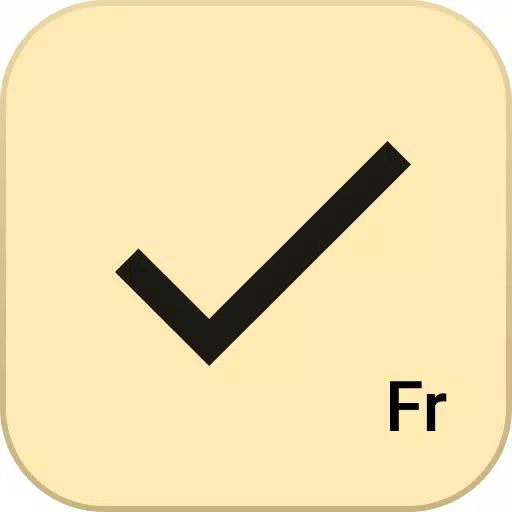Razer Kishi Ultra: Gaming's Mobile Revolution
TouchArcade Rating:  Back in April, the Razer Nexus (Free) app received an update adding support for the then-unannounced Razer Kishi Ultra controller. This controller boasts features like customizable analog stick deadzones and more. Since its release, the Razer Kishi Ultra has proven its compatibility extends beyond just phones. While it's currently the priciest mobile controller on the market, its feature set justifies the cost for many users. Having extensively used the Razer Kishi and Backbone One (including their USB-C iterations), I initially felt no need for a new controller. However, the Razer Kishi Ultra surprisingly changed my perspective, much like the Hori Split Pad Pro did for the Nintendo Switch a few years ago.
Back in April, the Razer Nexus (Free) app received an update adding support for the then-unannounced Razer Kishi Ultra controller. This controller boasts features like customizable analog stick deadzones and more. Since its release, the Razer Kishi Ultra has proven its compatibility extends beyond just phones. While it's currently the priciest mobile controller on the market, its feature set justifies the cost for many users. Having extensively used the Razer Kishi and Backbone One (including their USB-C iterations), I initially felt no need for a new controller. However, the Razer Kishi Ultra surprisingly changed my perspective, much like the Hori Split Pad Pro did for the Nintendo Switch a few years ago.
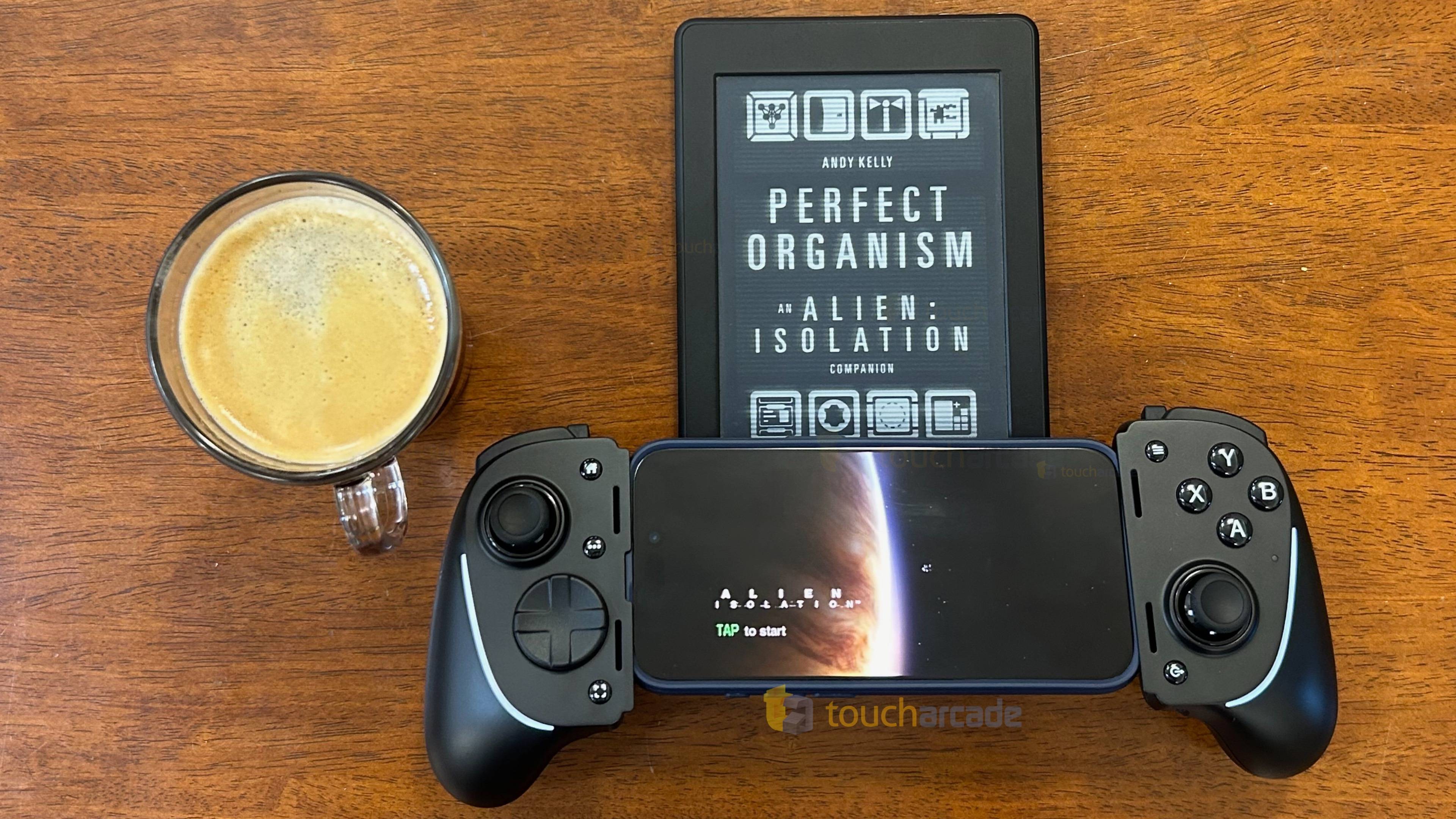
Razer Kishi Ultra – Package Contents
The Razer Kishi Ultra's packaging includes the controller, several sets of rubber cushions for different devices, stickers, and an instruction manual. At a $149.99 price point, the absence of a carrying case or pouch is a notable omission. However, the box and controller packaging maintain Razer's usual high-quality standards.
The rubber cushions are paired and labeled for iPhone (Pair A), iPad Mini 6th generation (Pair B), and Android (Pair C). These are unnecessary if using a device case.
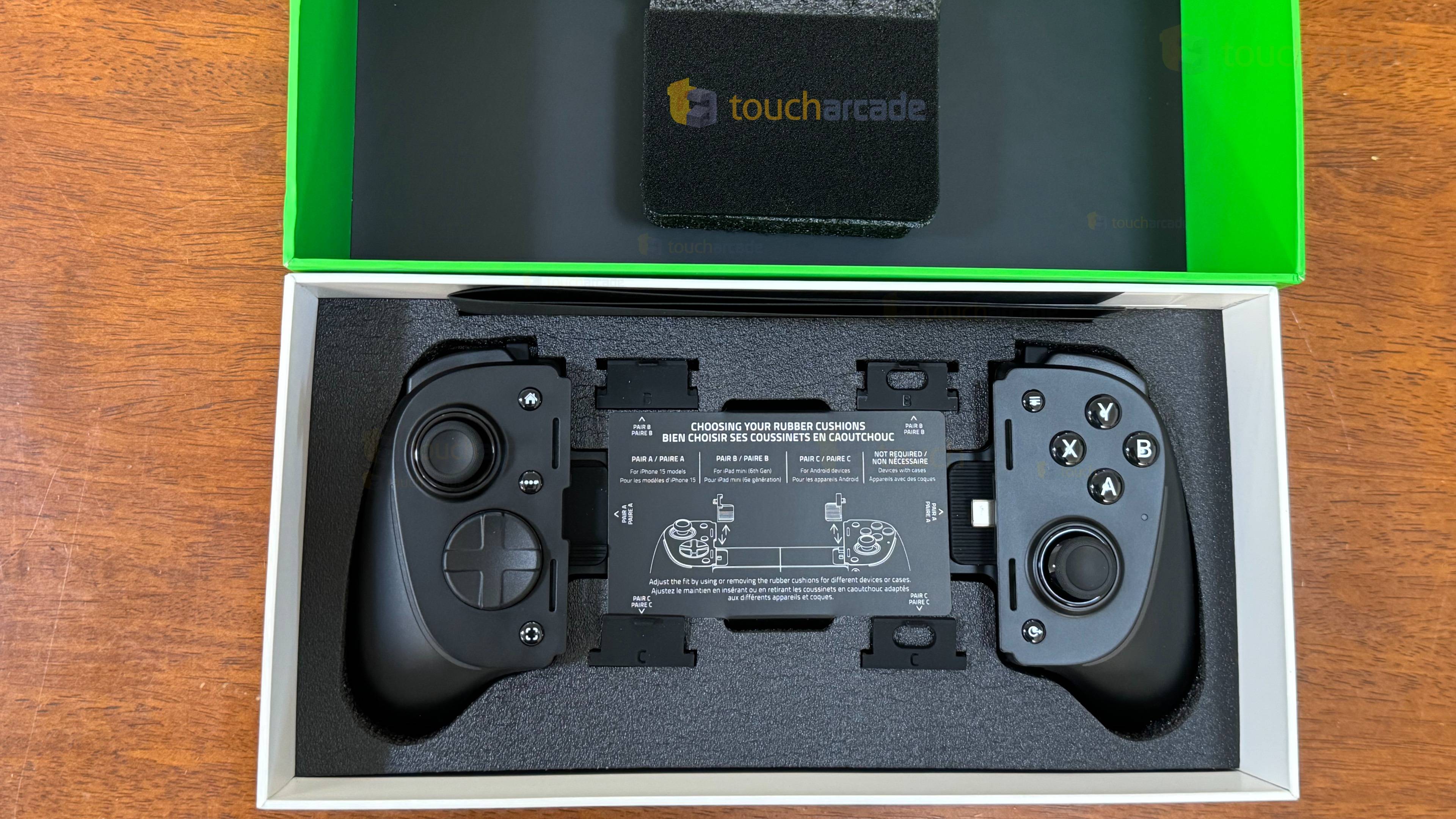
Razer Kishi Ultra Compatibility – iPhone, Cases, Android, and iPad Mini
Unlike many mobile controllers, particularly telescopic ones, which primarily support iPhones and Android devices, the Razer Kishi Ultra also accommodates tablets like the iPad Mini 6th generation. While some recent telescopic controllers offer Bluetooth connectivity, the Razer Kishi Ultra's USB-C connection seems to provide superior compatibility. For this review, I tested it with my iPhone 15 Pro, iPhone 14 Plus, and wired to my iPad Pro. While I didn't test it on Android or Windows, I did try it wired on my Steam Deck. It's recognized as a generic Xbox gamepad but functioned well in games like NBA 2K25 and Bakeru, demonstrating decent rumble support.
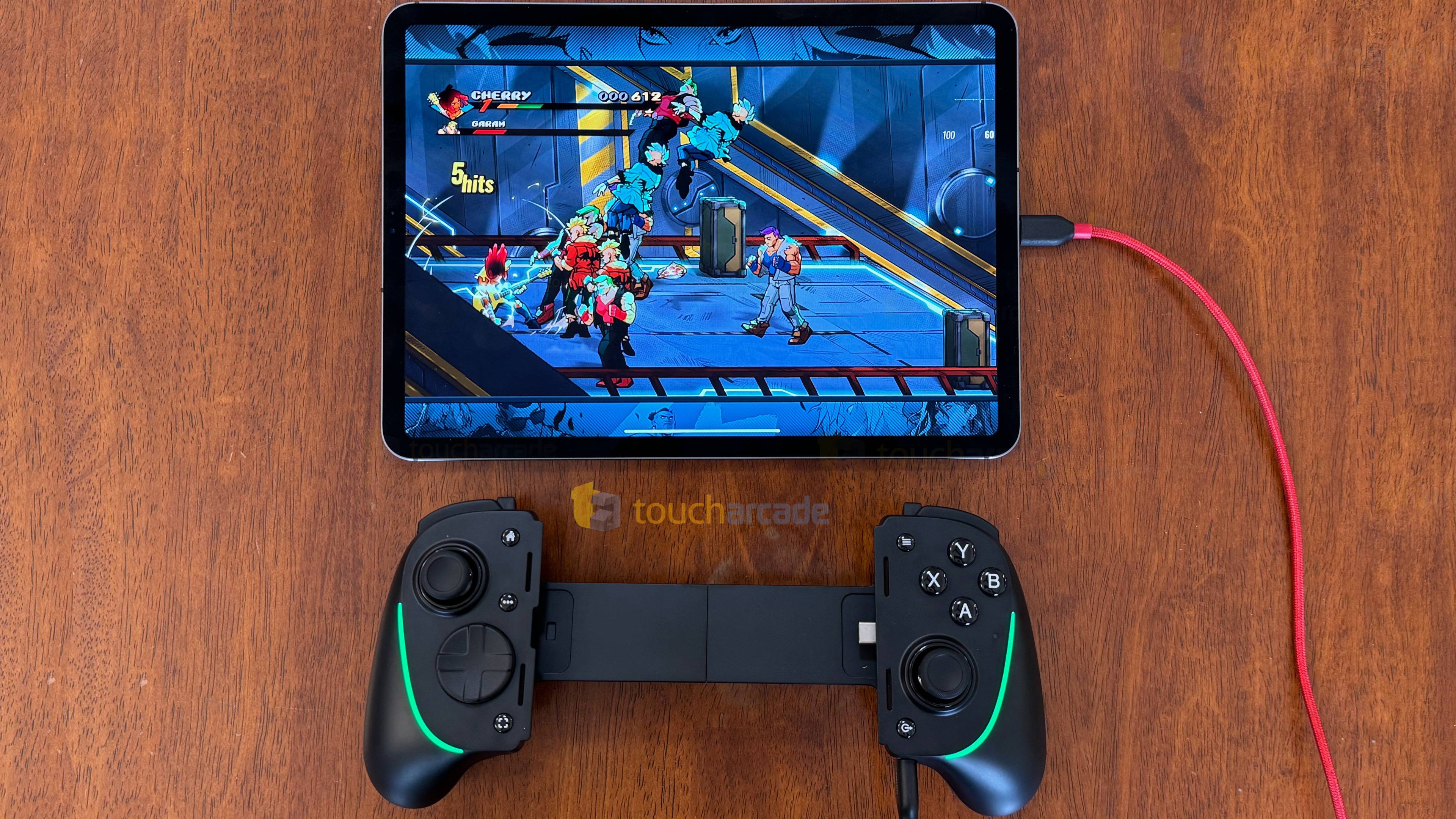
Razer Kishi Ultra Buttons, D-pad, and Triggers
Before discussing new features, let's assess the controller's feel and performance. My initial concerns about the d-pad proved unfounded; it performed excellently in games like Garou: Mark of the Wolves ACA NeoGeo, Hades, and Hitman Blood Money Reprisal. The shoulder buttons and triggers function flawlessly, mirroring Razer's previous controllers. The analog sticks are comfortable and smooth, while the face buttons offer a satisfying click, albeit with more travel than anticipated compared to the original Razer Kishi.
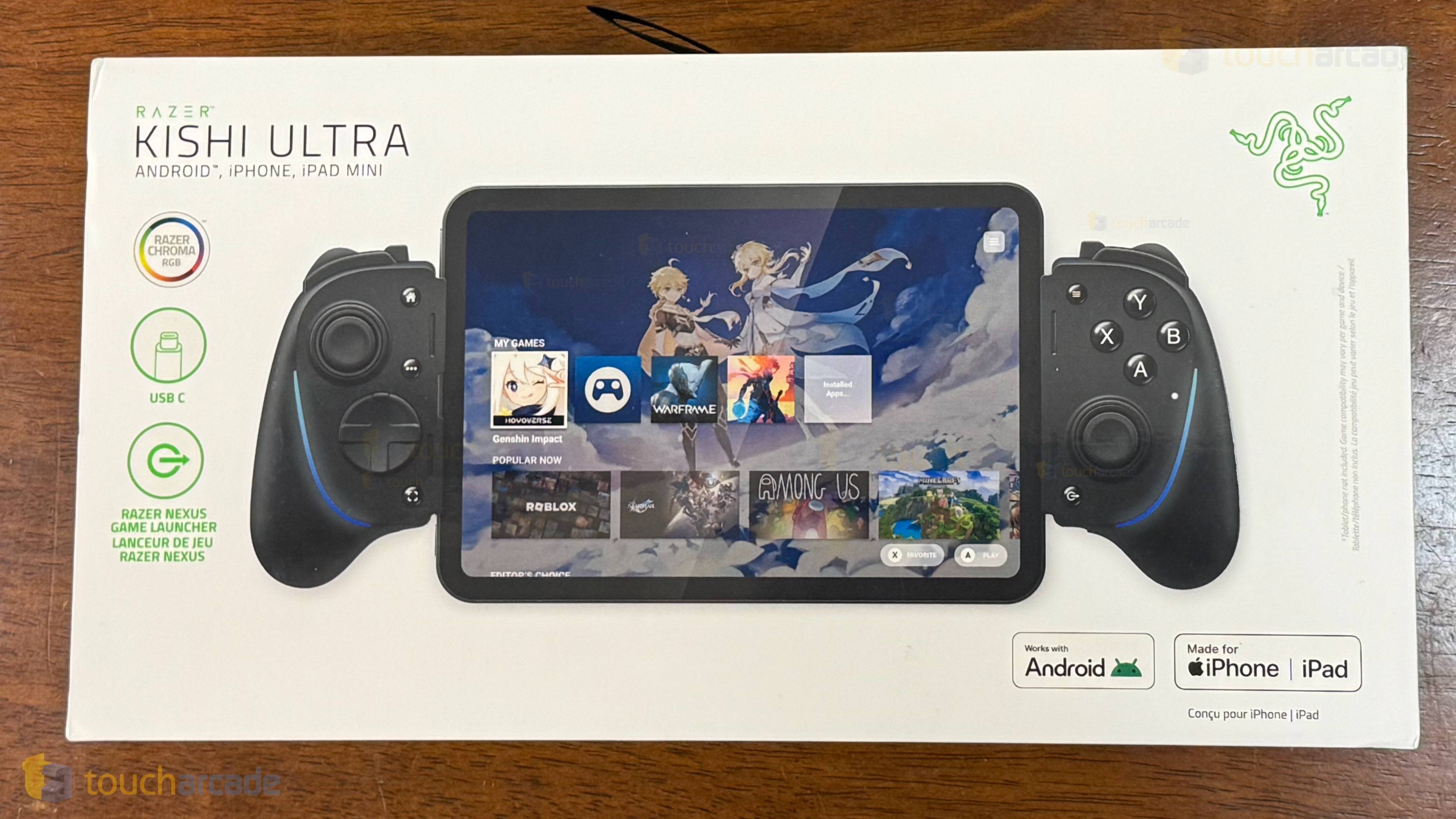
After extensive use, including several hours-long gaming sessions (Zenless Zone Zero while charging via passthrough), I have no complaints about the d-pad, buttons, or triggers.
The textured finish, while not rubbery, provides a secure grip and remains comfortable even during extended use. While I generally dislike Chroma lighting on controllers, I would have preferred a feature that synchronizes the lighting with on-screen gameplay, similar to the Razer Kitsune.
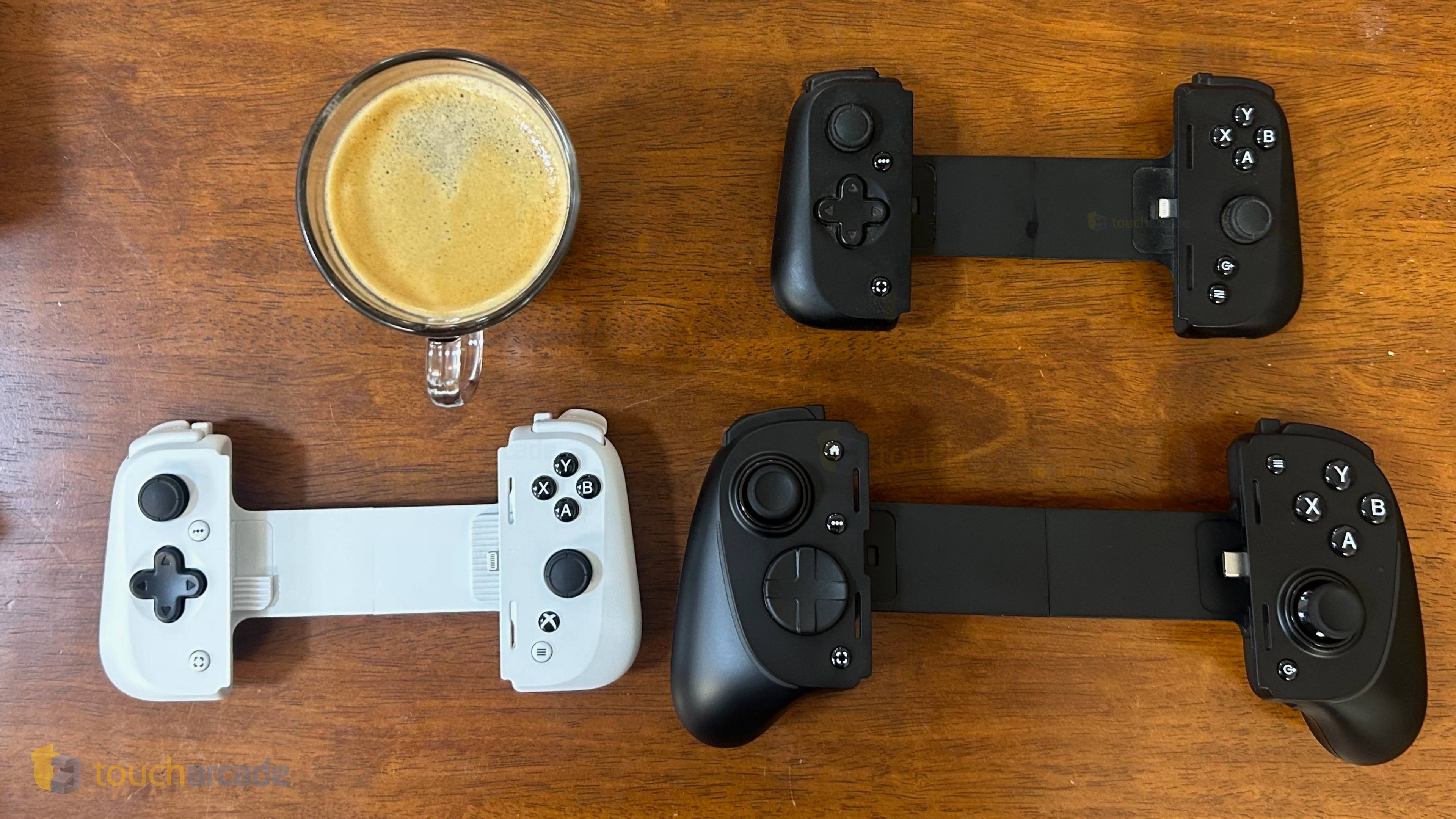
Razer Kishi Ultra – New Features
The Razer Kishi Ultra's main appeal lies in its full-size form factor. Unlike the compact designs of previous Razer controllers or the Backbone One, the Kishi Ultra's full-size design feels like holding a high-quality console controller. This might not appeal to those seeking a compact solution, but it's not intended to be one. The full-size design makes it the most comfortable mobile controller I've used.
Additional features include Chroma customization (via app), haptics (Android and Windows), and virtual controller mode (Android only). The virtual controller mode is beneficial for Android games that lack controller support on iOS, such as Genshin Impact.
Beyond these new features, the Razer Kishi Ultra includes a 3.5mm headphone jack, passthrough charging (15W), and L4 and R4 shoulder buttons.
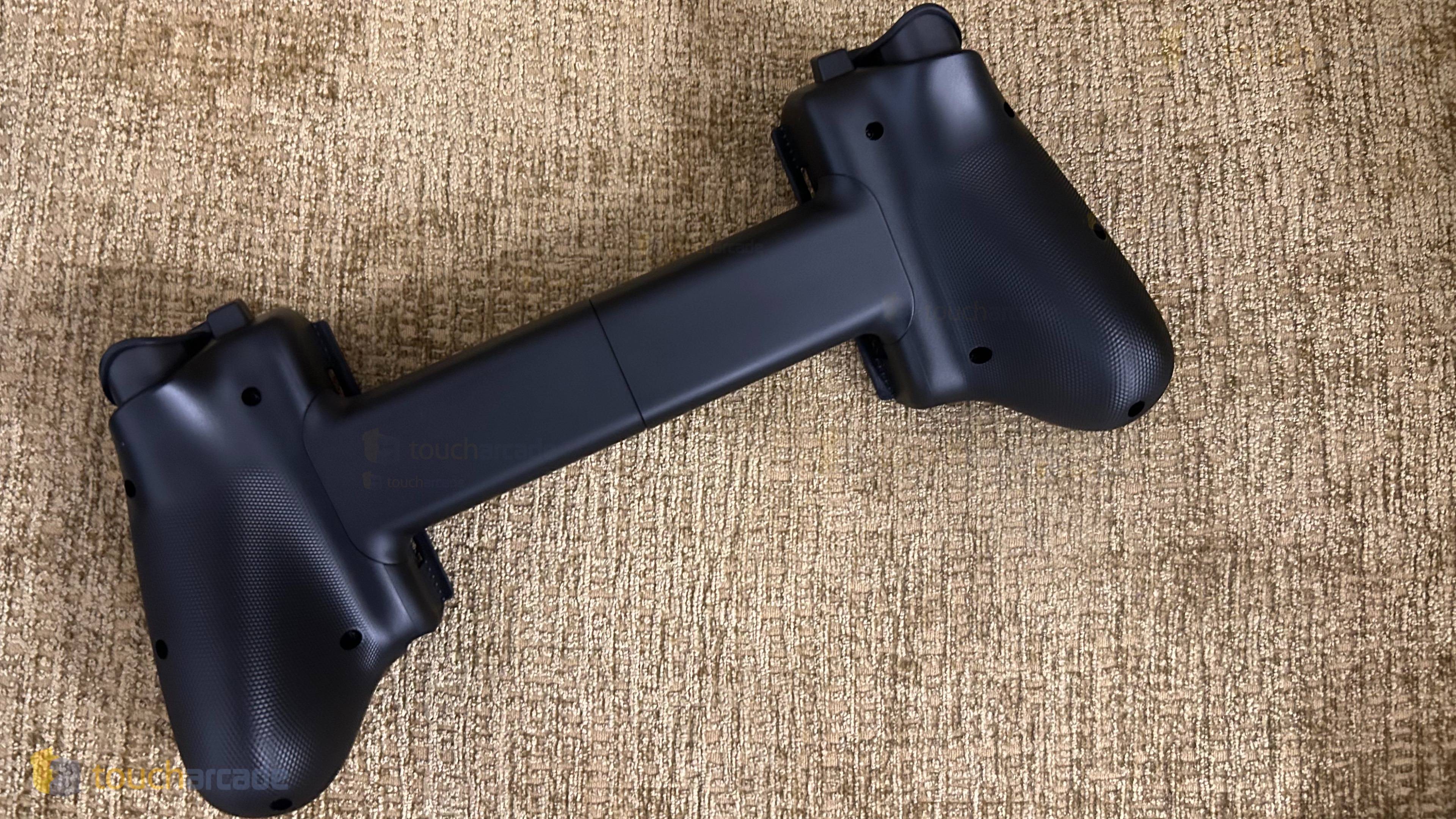
Razer Kishi Ultra iOS Limitations – Haptics and Virtual Controller Mode
Haptics and virtual controller mode are exclusive to Android (and Windows for haptics) and unavailable on iOS. While I'm less concerned about the virtual controller mode, I hope Razer will implement haptics support for iOS devices. The haptic feedback on PS5 and HD Rumble on Switch are features I appreciate, and a similar implementation on iOS would be a welcome addition.
Razer Kishi Ultra Price Point – Is It Worth It?
For many, a PS5 or Xbox controller used wirelessly on iOS represents a superior and more affordable option. However, if a telescopic controller that directly attaches to a phone is preferred, the Razer Kishi Ultra's $150 price tag is significantly higher than the $99.99 price point of popular alternatives. Is the extra cost justified? If you're satisfied with the current pricing of the Razer Kishi and Backbone One, the added comfort makes the extra cost worthwhile. However, the lack of haptics on iOS diminishes the experience compared to Android, where the full feature set is available.
Long-term joystick drift remains a concern.

Razer Kishi Ultra – The Best Mobile Controller in 2024?
Compared to Razer's earlier, more compact controllers, the transition to the full-size Kishi Ultra has been interesting. Similar to the Hori Split Pad Pro, I find myself wanting both a full-size and a more compact controller for my iPhone.
The Razer Kishi Ultra is undoubtedly the most comfortable mobile controller I've used, but its size makes it less travel-friendly. Its bulkiness raises concerns about its portability unless carried in its original box. It's unlikely to replace my Kishi or Backbone One for travel, making it primarily a home-use controller.
The absence of hall-effect analog sticks at this price point is disappointing. I've experienced drift issues with other controllers, and while the Kishi Ultra hasn't exhibited this yet, it's a potential long-term concern.
Having reviewed Backbone One and Razer Kishi models, I'm eager to explore the GameSir lineup.
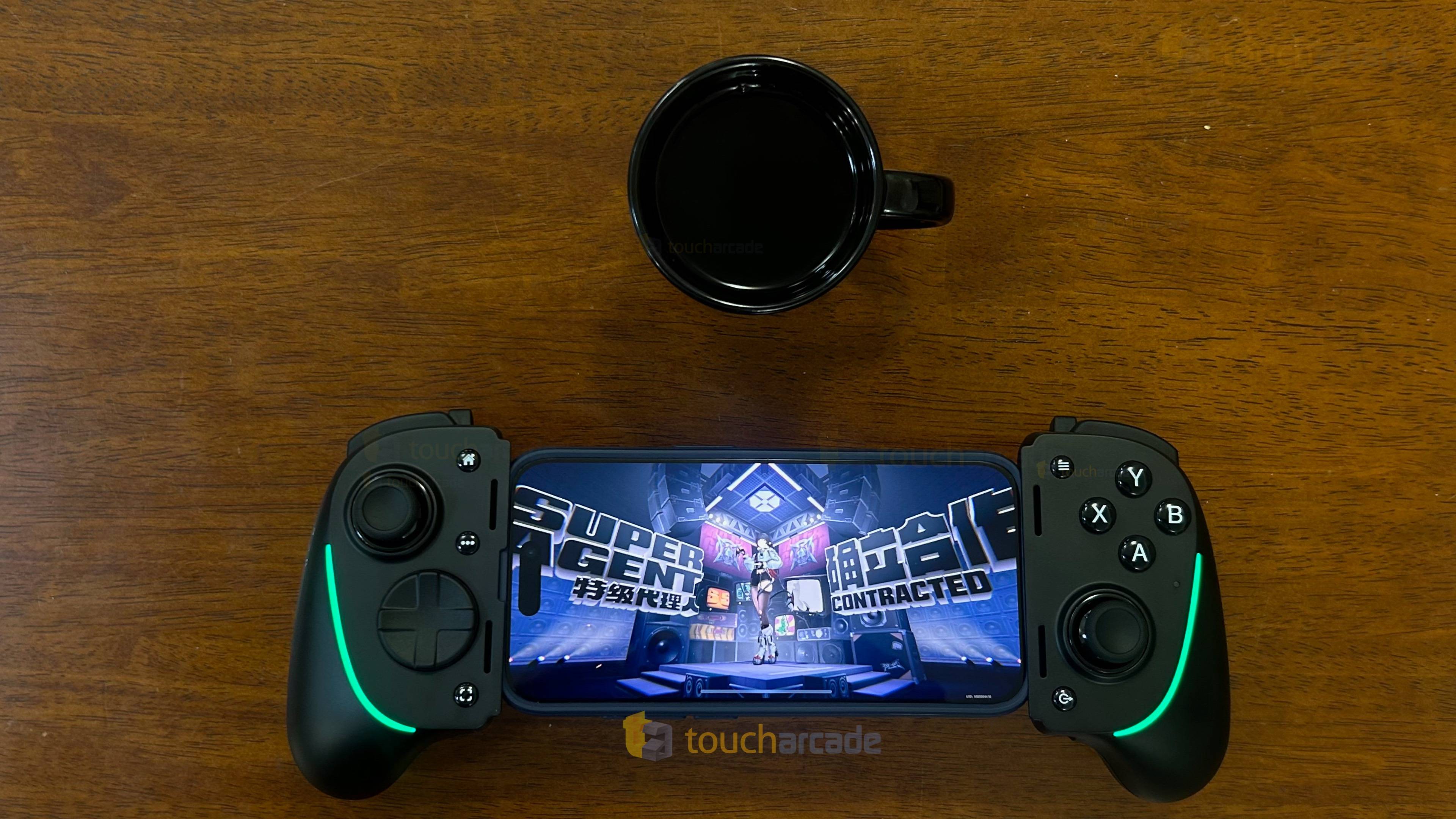
Razer Kishi Ultra 2 Wishlist
For a future Razer Kishi Ultra iteration, aside from hall-effect sticks, I'd suggest smoothing out some of the sharper edges, particularly around the passthrough charging port. While the L4 and R4 buttons are appreciated, I prefer bottom-mounted paddles for a more natural feel. Adding these as options, perhaps with L5 and R5 and remapping in the Razer Nexus app, would enhance the premium experience. Finally, including a carrying case would be a welcome addition, aligning it with the packaging standards of high-end console controllers.
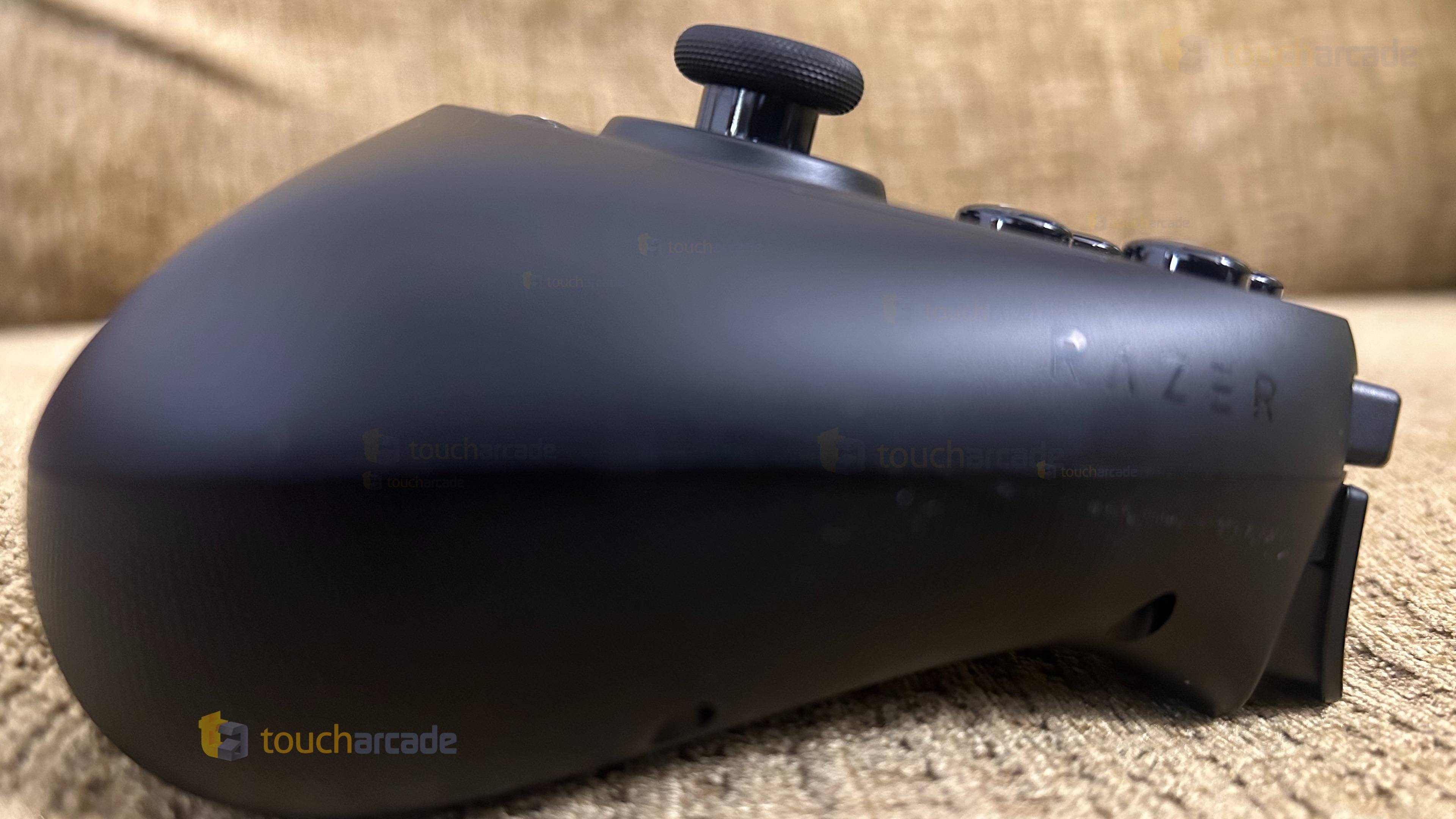
Razer Kishi Ultra Review
If you prefer the feel of full-sized controllers like those found on PS5 or Xbox Series consoles and find compact mobile controllers uncomfortable, the Razer Kishi Ultra is ideal. Its comfortable grip, excellent d-pad, and face buttons make it a compelling option. The lack of full feature support on iOS is a drawback, but overall, it's a significant addition to the mobile controller market. I hope Razer continues to improve upon this design and includes a carrying case in future iterations.
Razer Kishi Ultra review score: 4.5/5
Amazon Link: Razer Kishi Ultra
(The book featured in the header image is Andy Kelly's upcoming "Perfect Organism: An Alien: Isolation Companion," which I'm currently reviewing. Pre-orders are available here.)
Disclaimer: TouchArcade may earn a small commission from purchases made using the affiliate links above.
-
1

Every Pokémon Game on the Nintendo Switch in 2025
Feb 25,2025
-
2

How To Read Black Panther Lore: The Blood of Kings in Marvel Rivals
Mar 01,2025
-
3
![Anime Vanguards Tier List – Best Units For Each Gamemode [UPDATE 3.0]](https://images.gzztb.com/uploads/35/17376012656791b0f12fa1c.jpg)
Anime Vanguards Tier List – Best Units For Each Gamemode [UPDATE 3.0]
Feb 27,2025
-
4
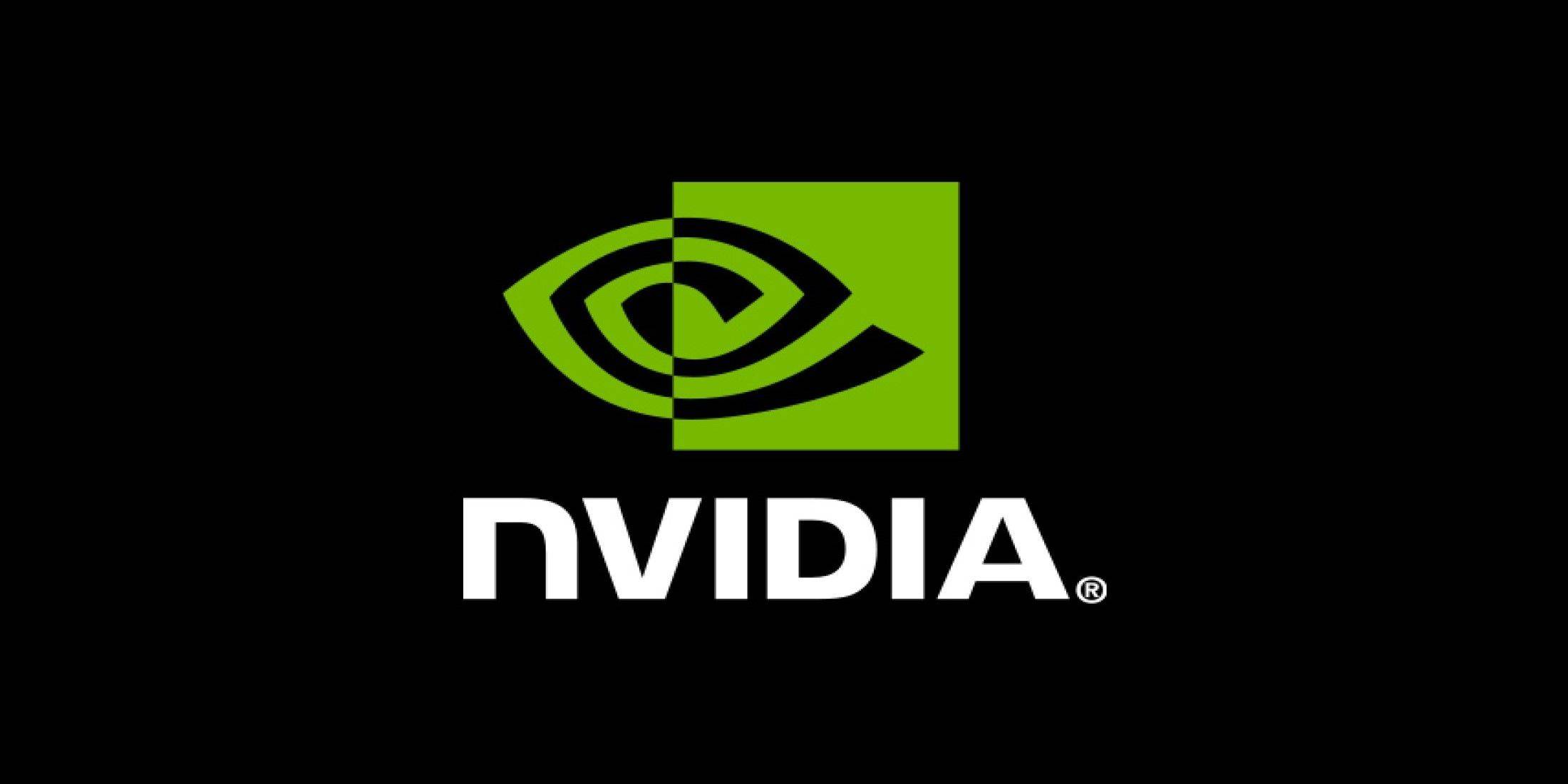
Nvidia RTX 5090 Specs Leak: Rumor Confirmed?
Mar 14,2025
-
5

Hearthstone has kicked off the Year of the Raptor with a myriad of new content
Mar 16,2025
-
6

Ragnarok X: Next Gen - Complete Enchantment Guide
May 25,2025
-
7

Roblox: Trucking Empire Codes (January 2025)
Mar 05,2025
-
8

McLaren Returns to PUBG Mobile Collaboration
Aug 27,2024
-
9
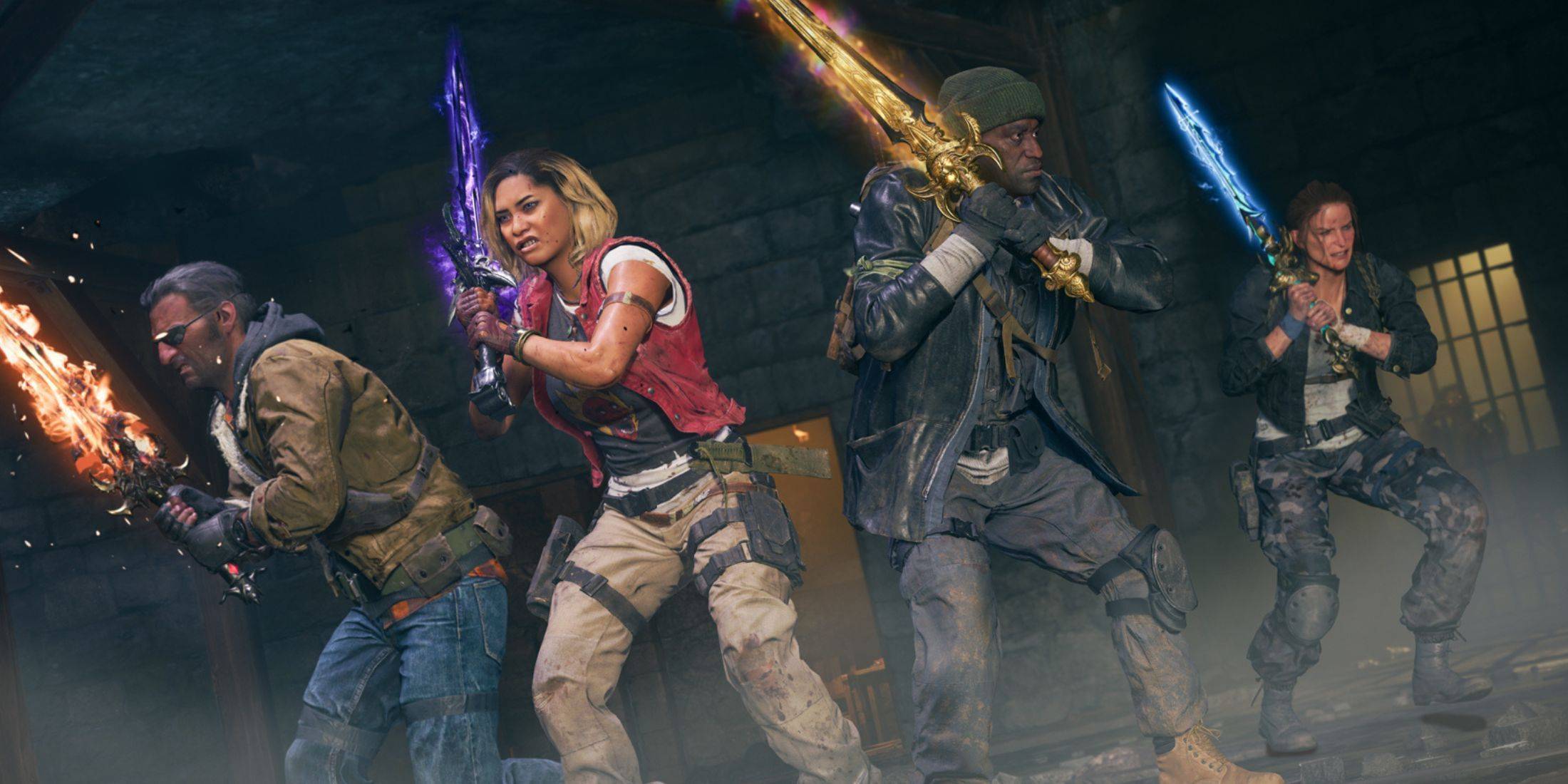
January 15 Is Suddenly a Big Day for Call of Duty: Black Ops 6 Zombies Fans
Feb 20,2025
-
10

Assetto Corsa EVO Release Date and Time
Jan 05,2025
-
Download

DoorDash - Food Delivery
Lifestyle / 59.30M
Update: Apr 23,2025
-
Download

Niramare Quest
Casual / 626.43M
Update: Feb 21,2023
-
Download

The Golden Boy
Casual / 229.00M
Update: Dec 17,2024
-
4
POW
-
5
Gamer Struggles
-
6
Mother's Lesson : Mitsuko
-
7
Poly Pantheon Chapter One V 1.2
-
8
How To Raise A Happy Neet
-
9
Dictator – Rule the World
-
10
Strobe


